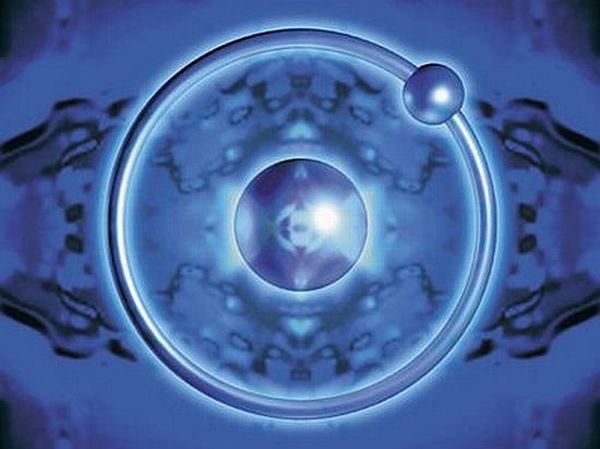
What’s happening right now
Everyone accepts and understands the importance of relying on renewable energy sources such as the sun and wind. Researchers envisage a future when ample power will be generated without releasing extra carbon dioxide into the air. But the fact remains that storing power produced from natural resources is an expensive proposition. Renewable energy without storage does not produce a convenient and steady supply of energy, just as coal. However, systems, such as lithium-ion batteries, which are used to store all that energy for times when the climate isn’t favorable for energy generation add to the already high cost of renewable energy.
Trends
Calmac’sIceBank
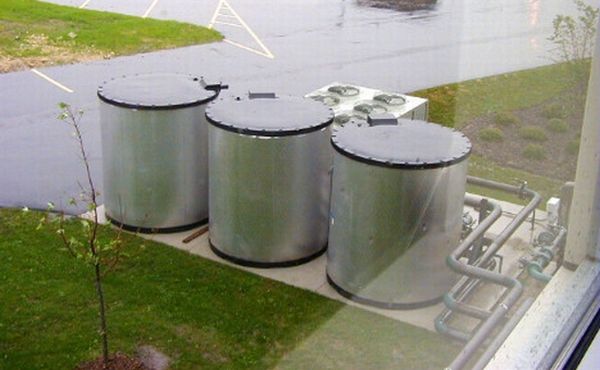
Calmac, the world’s leading company in product design and thermal energy storage, advocates a cost-effective storage system where energy is stored in the form of ice in huge containers. Referred to as the IceBank, the system comprises of tanks which store power from sources such as the wind in the form of ice at night, which can later be converted into electric power in the daytime.
Calmac believes that the success of this system will definitely cut down on energy storage and supply costs by at least 20 to 40 percent and will automatically bring down the level of emissions from the average power plants. The best part is that the proposed system does not make use of any rare-earth materials and hence will also be fairly cost effective.
Flywheels system
![]()
Beacon Power’s high-energy flywheels energy storage solution, though not new, is innovative as it utilizes carbon fiber among other things. All power grids have to store a certain percent of their total energy generated. Power grids that draw power from renewable sources naturally store more about 2 to 3 percent as natural energy sources are not stable and totally dependent on nature’s whims.
Beacon’s flywheels store excess energy from renewable sources that can later be used based according to demand. These flywheels are essentially huge masses that float on magnetic bearings set in vacuum. They spin at twice the speed of sound and are very effective. The success rate is quite high as more than 85 percent of energy stored can be used again. Beacon is setting up a new plant that will have 200 flywheels and each will weigh about 2000 pounds and will spin at speeds of 8000 to 16,000 rpm.
Molten salts for heat transfer and storage
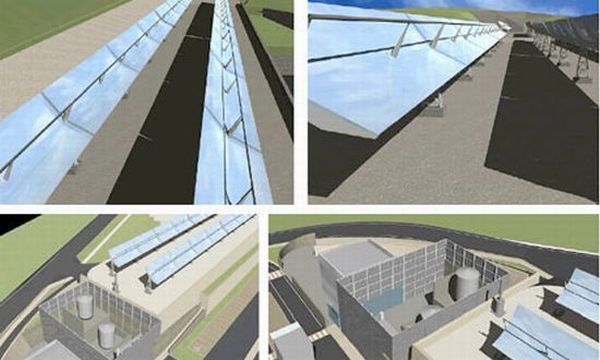
Italian company Enel has built the world’s first renewable energy storage plant, Archimede that makes use of molten salts to collect solar energy and then store it. Enel’s 5MW Concentrating Solar Power plant is located at PrioloGargallo. Molten salts can function at very high temperatures nearly 550 degree centigrade because of which power plants can work for more than 24 hours at a go for many days, especially in the rainy season. Apart from their ability to work at very high temperatures there are other advantages of using molten salts. They are cheap and easily obtainable. Moreover, unlike synthetic oils they don’t stand the danger of catching fire.
Since these molten salts reach much higher temperatures than synthetic oils, the pressure generated can actually move steam turbines at standard pressures. As a result this technology can be absorbed seamlessly in conventional power plants without making extra and expensive installations.
Edible crystals to store hydrogen efficiently
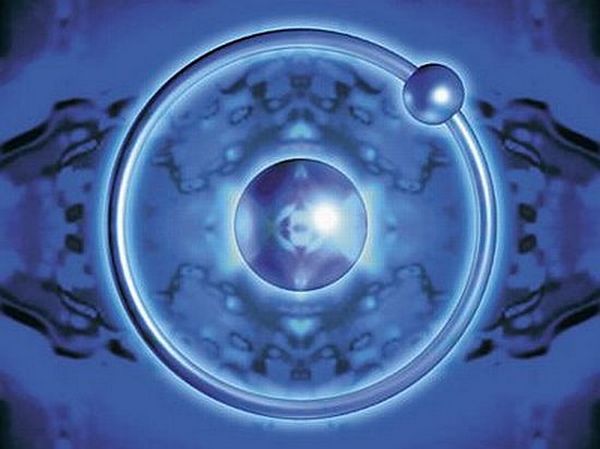
Scientists at the Northwestern University in Evanston, Illinois have worked out an interesting way to store hydrogen, especially for fuel cars. Researcher Fraser Stoddart has created ‘molecular cages’ or edible crystals that have the ability to store hydrogen. Essentially a Mof i.e. metal organic framework, these crystals bond with hydrogen through very weak links that can be broken on slight heating to restore the hydrogen. Inexpensive and readily available these edible crystals are made with glucose rings (gammacyclodextrin) that in alcohol and water turn into cubes which are kept together with potassium ions.
Pacific Northwest National Laboratory’s sodium beta batteries
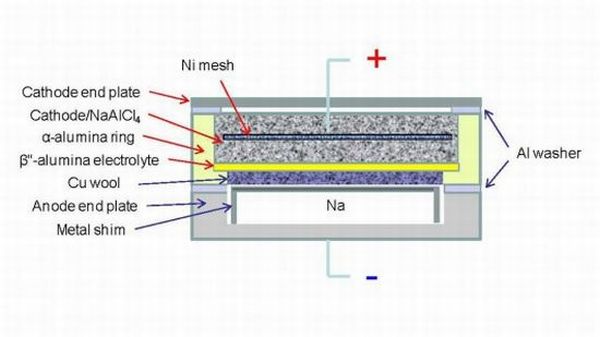
Sodium-nickel chloride batteries can now deliver more power. Researchers at the Pacific Northwest National Laboratory have redesigned these batteries such that cathode is thinner and there is more surface area for a given cell volume. Basically the ions can flow in a much larger area.
The flattened battery also has a layer of solid electrolyte. The best part is that this redesigned flat sodium beta battery can perform at lower temperatures and actually produce 30 percent more power than a similar cylindrical shaped battery.
These batteries are a better option than the usual lithium-ion batteries as they are made of cheaper materials such as sodium chloride, alumina and nickel. Unlike lithium-ion batteries, these flat versions do not run the risk of catching fire.
Affordable PHES system to store energy

UK-based Isentropic Energy has developed a new system of energy storage i.e. the Pumped Heat Electricity Storage System (PHES), which stores electricity in thermal form as pumped heat.
This simple cold and hot storage system is inexpensive and easy to implement. Two insulated storage drums containing gravel form the basic infrastructure. Compressed gas is used to raise the temperature of gravel to about 500 degree Celsius in one of the drums. The gas is then expanded to the original pressure and made to pass through the second drum. On contact with gravel there is a heat exchange resulting in lowering the gravel temperature and increasing the temperature of gas. The process powers a generator to produce electricity.
Highview Power Storage
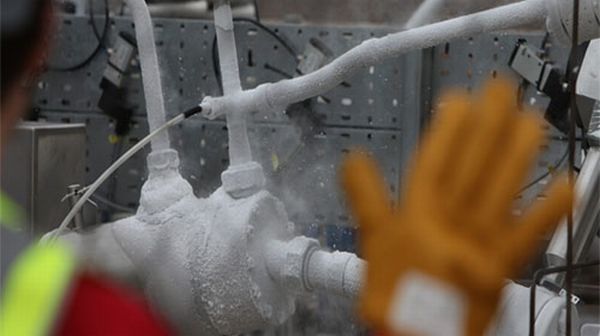
A UK based company Highview Power Storage, has developed an innovative way to store renewable energy.
The system is simple, power refrigeration units bring down the temperature of air to about -190 °C converting it to liquid nitrogen. This then is stored in tanks at an ambient pressure of one bar. Whenever there is a demand for power, the liquid nitrogen is heated in a heat exchanger such that a high pressure gas is generated that in turn drives a turbine to generate power. The best thing about this technology is that the heat pump can be operated without any chemical or refrigerant.
The Concept
Current research in the field aims at developing cost effective and efficient renewable energy storage systems. Existing storage systems cannot store energy for longer periods. Thus the continuous endeavor to come up with new energy saving technologies that will ensure a cleaner planet and a better future.
The Advantages
The importance of renewable energy generation in today’s world cannot be overemphasized. However, since most renewable energy generation systems rely on sources that are based on climatic conditions of a place, storing excess energy in some form for use when energy generation is not possible is as important. Whenever systems for storing renewable energy are needed, electric batteries come into play. However, these batteries aren’t as green and are expensive propositions. Systems which can help store renewable energy on a large scale at an affordable cost is what most green energy generating plants developed over the globe need. Such systems can not only store energy in an eco friendly manner, but can also help in reducing the overall cost of green energy generated from sources such as sun and the wind.




